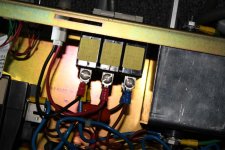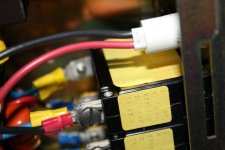Old Computers
Veteran Member
The breakers are held together with rivets. If I had to remove them, it looks like a bolt would be sufficient to hold them together again. Expect a picture later today or tomorrow.
@Qbus: I will keep those ones on ebay in mind.
@Qbus: I will keep those ones on ebay in mind.


